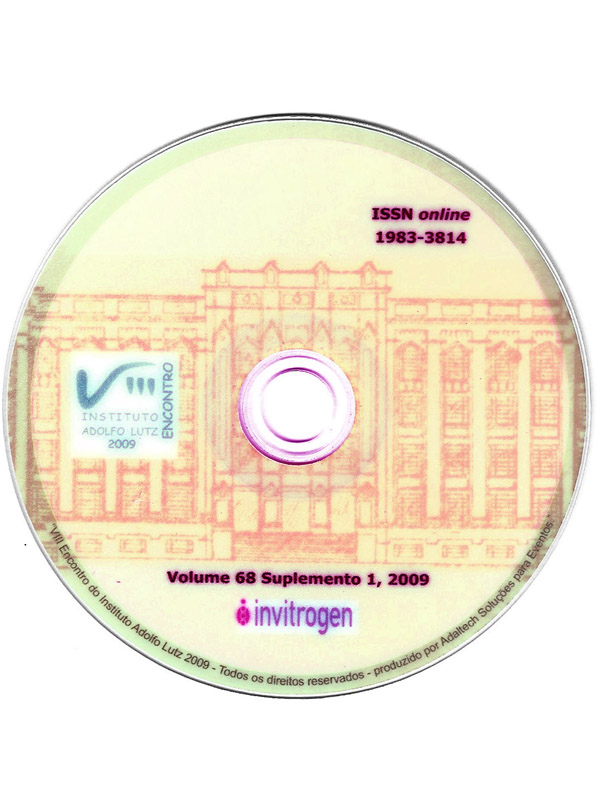Resumen
Since 1998, the serology for HTLV-1/2 became mandatory in blood centers from Peru. Although several epidemiological studies conducted in Peru disclosed HTLV-1 as the prevalent in different ethnic groups, HTLV-2 has been detected in Indians from Amazonian and in males that have sex with males. Up to now, no data concerning HTLV-1/2 infection in blood donors from Arequipa, a highlands region in the South of Peru is available. To search for the presence of HTLV-1 and HTLV-2 antibodies in serum samples obtained in blood donors from Programa de Hemoterapia y Banco de Sangre de la dirección Regional de Salud Arequipa, Peru. In 2005, 2,732 blood donors from Hospital Goyeneche and Hospital Honorio Delgado Espinoza had their blood screened for the presence of HTLV-1/2-specific antibodies using enzyme immunosorbent assay (ELISA HTLV-I/II Vironostika®, Organon Teknika, Durhan, DC). The reactive serum samples had their blood bags discarded from donation, and the sera were sent to Instituto Adolfo Lutz of São Paulo, Brazil, to confirm and discriminate HTLV-1 from HTLV-2. Reactive sera by ELISAs and Western Blot (WB 2.4, Genelabs Diagnostics, Singapore) were analyzed according to demographic characteristics of individuals. Thirty-five serum samples (1.2%) resulted HTLV-seroreactive on ELISA, and 25 confirmed HTLV-1-seropositivity by WB. One serum disclosed HTLV-positivity, and the remained 9 samples resulted WB-seroindeterminate: three with an HTLV-1 Gag indeterminate profile. The median age of HTLV-positive individuals was 34.6 years; 27 were male and 8 female. All individuals were from the South region of Peru; 27 from Arequipa, 5 from Puno, and 3 from Cuzco. HTLV co-positivity with HBc was detected in four sera, HBsAg in one serum and RPR in another serum. Previous transfusion and tattoo were described in two and one individual, respectively. This study confirmed for the first time HTLV-1 infection and the lack of HTLV-2 infection in blood donors from the South of Peru. The absence of sexual and other retroviral risk factors in such individuals suggests that vertical transmission could be the major route of HTLV-1 transmission/acquisition in this geographic region.

Esta obra está bajo una licencia internacional Creative Commons Atribución 4.0.
Derechos de autor 2009 Revista del Instituto Adolfo Lutz
